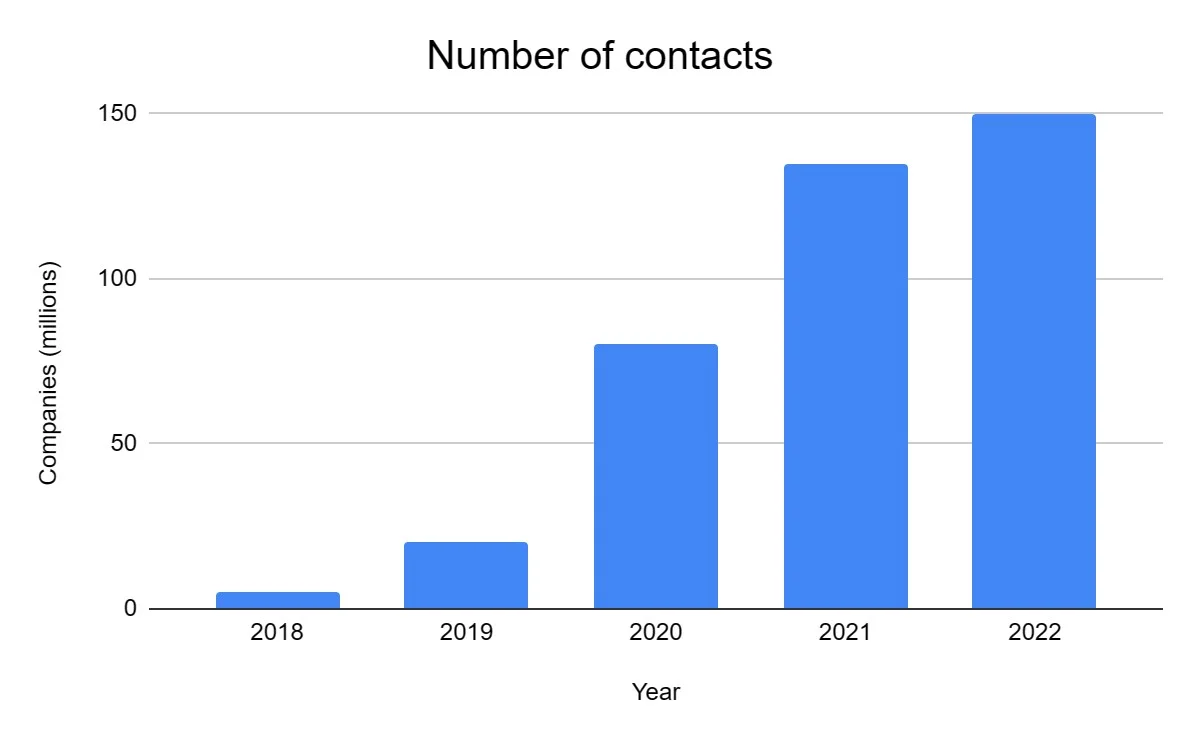Scrum software development Wikipedia
Most effective scrum teams are small, co-located, and include five to seven members. Scrum creates features one at a time, whereas waterfall creates stages. Typical waterfall development is a phased, sequential procedure that does not provide value until the project is completed. Scrum turns that approach on its head, delivering new features every few weeks rather than waiting for a major release. Scrum is a framework within which you can utilize numerous processes and techniques that match your organization’s needs, rather than a process or technique for developing products.

Articles, white papers, videos, webinars and other materials are published regularly by the community and are available in the Resources section of our website as well. Lastly, if you have questions or want to learn from what questions others have had, check out the Scrum Forum as an additional way to connect with and learn from the community. There are many books, presentations, videos and other resources to help you learn Scrum, but it all starts with The Scrum Guide, which is considered the definition of Scrum.
Scrum Process
The scrum framework is not a prescriptive set of processes and techniques. The product owner prioritizes product backlog items based on which are needed soonest. Developers, influenced by the sprint goal, choose items for coming sprint, moving those items from the product backlog to the sprint backlog, which is the list of items they will build. With Scrum, teams have to adapt their tools and processes to new circumstances as they happen. Product definitions may change as development progresses, and effective teams deliver those changes within a few iterations. Regular product backlog meetings enable a team to rearrange priorities before products are moved into the sprint.
- Given the time-boxed nature of a Sprint, we can also infer that each set should require significantly less time to implement than the duration of the Sprint.
- It provides a structure to work within and desired outcomes to achieve, but leaves teams room to decide how best to achieve those outcomes in their specific context.
- A rugby formation in which opposing forwards huddle and struggle for possession of the ball.
- These items are the highest priority items for that sprint, as identified by the product owner.
- When tallking about the Scrum framework, one of the first things to understand is that we purposefully define a Scrum framework rather than a Scrum methodology, Scrum model, or Scrum development process.
- They do this by helping everyone understand Scrum theory and practice, both within the Scrum Team and the organization.
At the heart of the workflow for scrum teams is the sprint, a focused and specified period of time where the team completes a set amount of work. The sprint provides structure but also focus to complete the planned amount of work. All the events — from planning to retrospective — happen during the sprint. Once a certain time interval for a sprint is established, it has to remain consistent throughout the development period.
Development Team
The first is a Scrum Master, who can be thought of as a coach for the team. Scrum Masters help team members use the process to perform at their highest level, and remove impediments to progress. Unlike a process or methodology, a framework is purposefully incomplete.

Based on this information, attendees collaborate on what to do next. The Product Backlog may also be adjusted to meet new opportunities. The Sprint Review is a working https://www.globalcloudteam.com/ session and the Scrum Team should avoid limiting it to a presentation. The Daily Scrum is not the only time Developers are allowed to adjust their plan.
.css-1rpxuviposition:absolute;left:0;top:-85px;What is a Scrum Meeting
The organization needs to trust, fund and support ideas coming from the teams regarding this difficulty. Improve the engineering practices and tools so that each increment of functionality is potentially shippable. The three roles defined in Scrum are the ScrumMaster, the Product Owner, and the Team . The people who fulfill these roles work together closely, on a daily basis, to ensure the smooth flow of information and the quick resolution of issues. Gain end-to-end visibility of every business transaction and see how each layer of your software stack affects your customer experience. It also validates rest APIs and keeps track of metrics like latency, response time, and other performance indicators to ensure your application runs smoothly.

These simple questions will help streamline the daily stand-up meeting so only topics of importance are discussed. Scrum Master to time-box the meeting and moderate arising issues appropriately. The Scrum meeting is executed daily, usually performed as a stand-up meeting.
Who attends a scrum meeting?
It is recommended to invest of up to 10 percent of a team’s sprint capacity upon backlog refinement. More mature teams will not see this as a scheduled defined event but as an ad-hoc activity that forms part of the natural workflow, refining and adjusting the product backlog when needed. Sprint review is one inspect-and-adapt opportunity at the end of each sprint. However, due to the confusion that can arise when some people do not feel the term ‘developer’ applies to them, they are often referred to as team members.

Scrum Team members respect each other to be capable, independent people, and are respected as such by the people with whom they work. The Scrum Team members have the courage to do the right thing, to work on tough problems. The Scrum artifacts and the progress toward agreed goals must be inspected frequently and diligently to detect potentially undesirable variances or problems. To help with inspection, Scrum provides cadence in the form of its five events. Frequent inspection points built into the framework to allow the team an opportunity to reflect on how the process is working.
How does Agile relate to DevOps?
Inspection — The development team regularly examines the artifacts to catch vulnerabilities as they’re developing rather than waiting until they’ve already happened. While Scrum might not be for all organizations, it’s a time-tested and reliable way for companies and teams to work together efficiently while creating the best product they can. Scrum meetings provide the team with an opportunity to realign and assess how well the project is running. During these meetings, any opportunities to improve, any reasons the team needs to pivot, and any issues that need fixing can be raised, allowing the team to open up meaningful discussions. The sprint backlog is shown just to the left of the green circle, and is represented by a short stack of small blue cubes. The team of developers is the car itself, ready to speed along in whatever direction it is pointed.
The entire product does not need to be done for features to be released. Sprints are designed to add shippable features at every increment. Complete products made up of those shipped features are known as complex products. They coach teams, what is SCRUM product owners, and the business on the scrum process, and look for ways to fine-tune their practice of it. Learn how to facilitate great agile ceremonies like sprint planning, daily stand-ups, iteration review and retrospectives.
Visual Introduction to Scrum
Many refer to these methodological techniques as ‘patterns’—by analogy with design patterns in architecture and software. Other organizations implement scrum without software tools and maintain their artefacts in hard-copy forms such as paper, whiteboards, and sticky notes. Like other agile approaches, effective adoption of scrum can be supported through a wide range of tools available. No detailed discussions should happen during the daily scrum.
